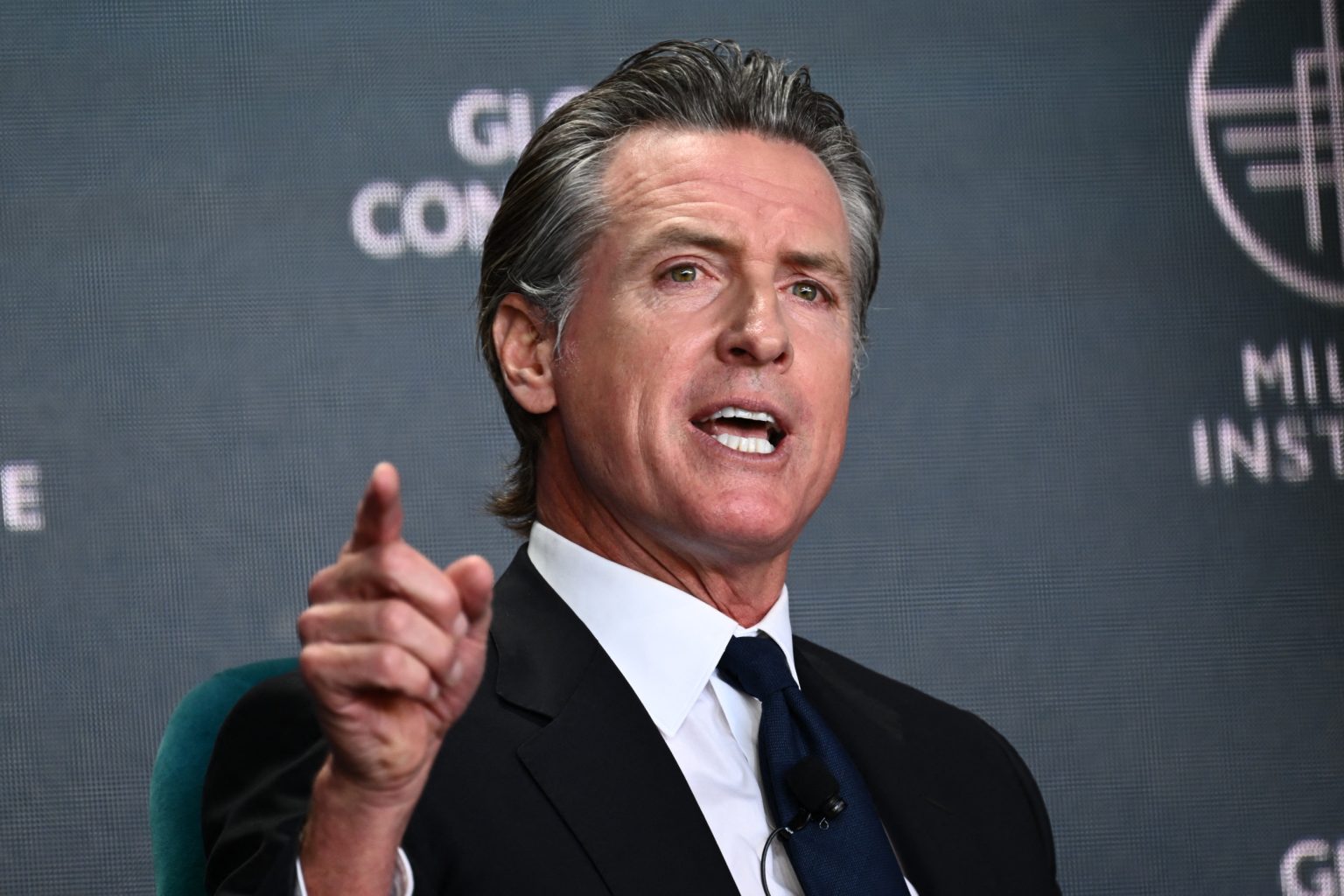The Los Angeles Times recently published an editorial criticizing California Governor Gavin Newsom over delays in enacting indoor workplace standards to protect workers from extreme heat. The state legislators passed a law in 2016 that would require employers to provide cool-down areas, water, rest breaks, air conditioning, and schedule adjustments to employees if temperatures exceed 82 degrees in indoor work environments. However, these standards have faced years of delays, with regulators failing to submit them to a board appointed by the governor as required by the law. The editorial described the policy as humane and reasonable, and called out Newsom and other state officials for the delay, stating that California is heading into another summer without rules to protect workers in sweltering environments.
The opinion piece from The Los Angeles Times comes at a crucial time, as summer is approaching in California and temperatures are expected to reach the 80s and 90s. Advocates argue that extreme heat poses a serious threat to workers inside warehouses that may not have proper ventilation to prevent overheating. The Centers for Disease Control and Prevention list several dangerous risks associated with extreme heat, including heat exhaustion, heat stroke, and rhabdomyolysis. The delayed standards have raised concerns about the potential costs that state agencies may have to bear to implement necessary changes.
In March, the California Division of Occupational Safety and Health passed the standards despite concerns from the Newsom administration, but they still need approval from the Department of Finance before taking effect. The standards have been delayed amid worries about the financial implications of their implementation. The editorial from The Los Angeles Times criticized state leaders for treating extreme heat as a low-priority concern, despite the deadly hazards it poses. The newspaper reported that programs to respond to extreme heat are among the billions of dollars in climate-related cuts that Newsom and lawmakers are planning to address a $45-billion budget deficit.
In response to concerns about extreme heat, Newsom signed several pieces aimed at helping Californians deal with the issue in 2022. These included creating an advisory committee for a study on the effects of extreme heat on workers and the economy, establishing an extreme heat advance and warning system, commissioning a review of the impacts of extreme heat on perinatal health, and allowing cities and counties to create “climate resilience districts.” However, in April, California’s Division of Occupational Safety and Health suggested that the rules could continue but with exceptions for state prisons, conservation camps, and local jails due to implementation challenges. The ongoing delays in enacting these standards have drawn criticism from advocates and the media alike, with concerns about the risks workers face in sweltering indoor environments.


